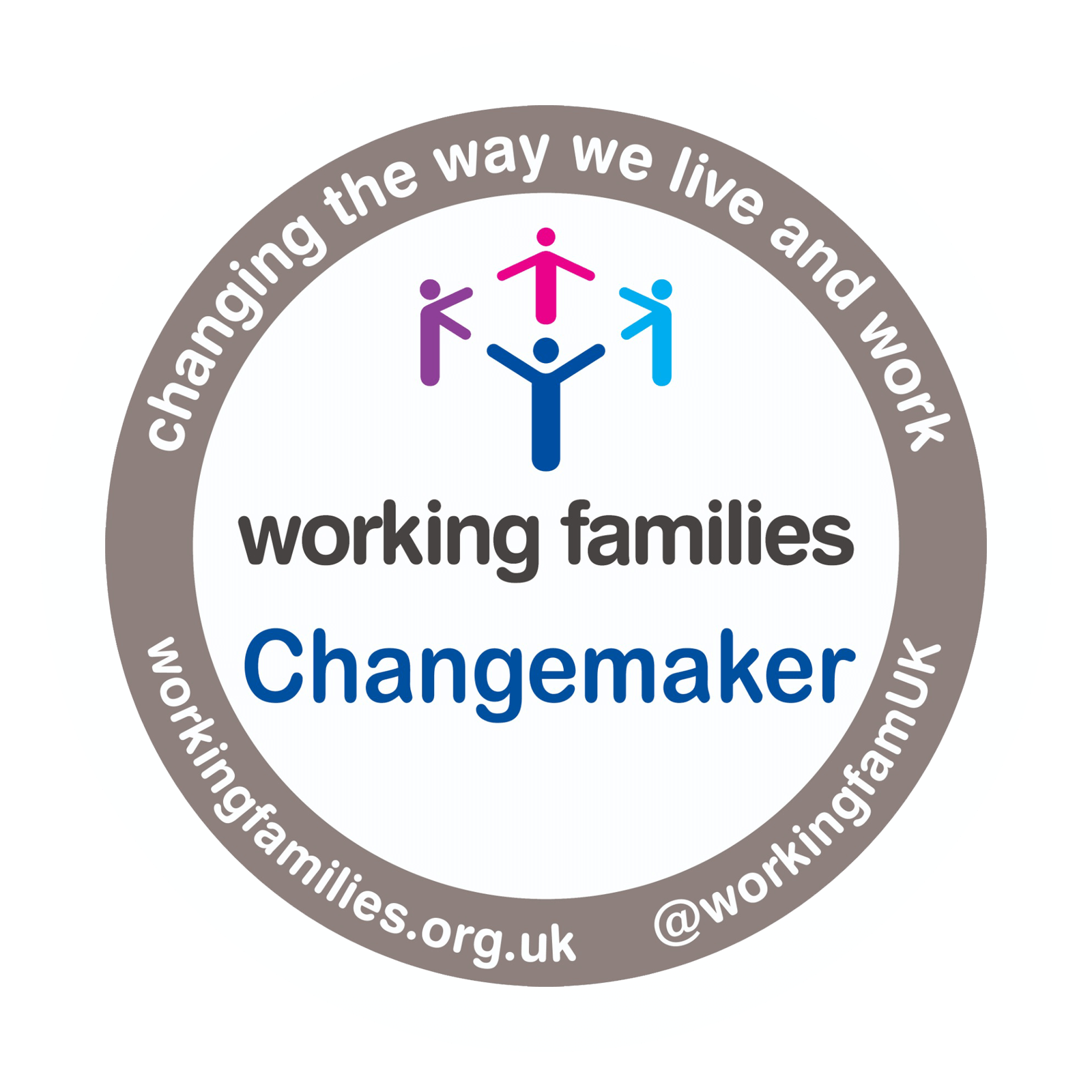Despite its significance, the onboarding process is a crucial phase of the recruitment journey that many companies often misunderstand or overlook.
A well-executed onboarding experience is essential to an employee’s success, happiness, and productivity within your organisation. It can help to define your company’s employer brand and directly influence your ability to attract and retain the best talent. Conversely, a poor onboarding experience can lead to early (costly) exits, high employee turnover, wasted resources, and a tarnished reputation.
So what makes a successful onboarding experience?
We’ll delve into why a proper onboarding process is vital, the business implications of poor onboarding, and how you can build a robust onboarding process. By understanding and investing in a comprehensive onboarding process, organisations can set up their new hires – and, ultimately, their businesses -for success.
Why onboarding is important for employee success and happiness
An effective onboarding and orientation process goes beyond simply introducing the team and the workspace. It’s the first real taste of what life will be like within the organisation. This critical transition period will set the tone for an employee’s journey, influence their performance, and significantly impact their overall job satisfaction.
A good, positive onboarding experience also speeds up the integration process and contributes to greater employee engagement. It fosters a sense of belonging, reduces anxiety, and promotes confidence in their role.
In a sense, it acts as a powerful catalyst for employee happiness, fostering a positive work environment and laying the foundation for success.
The consequences and business implications of poor onboarding
Unfortunately, not all onboarding process experiences are positive. A poor onboarding process can be a red flag for new hires, and, in the worst cases, it can even result in early exits.
In fact, a study by BambooHR showed that nearly 31% of people have quit a job within the first six months, with a significant number citing inadequate employee onboarding and training as a contributing factor.
From a candidate’s perspective, an ill-planned onboarding process signifies disorganisation and a lack of real care for employee welfare. But it’s not just about retaining talent. Poor onboarding has serious business implications too.
The financial costs of restarting the recruitment process are evident. In the UK, hiring new employees takes, on average, 40 days and costs around £7,729, equivalent to 26.1% of an average employee’s salary, according to research. This figure rises significantly when you factor in unseen expenses such as diminished productivity, lowered morale, and a tainted employer brand.
Word gets around increasingly quickly via social media sites like LinkedIn and Glassdoor, and if an employee leaves due to a poor onboarding experience, it can make future hiring more challenging. Harvard Business Review reports that companies that implement a formal onboarding program could see 50% greater employee retention among new recruits and 62% greater productivity within the same group.
Reputation, in today’s highly connected world, is critical.
Building a robust onboarding process
So how can companies sidestep these hurdles?
The first step is to shift your mindset and see onboarding as an integral part of the recruitment planning process, not just an afterthought. It’s about an extensive process of painting a complete picture of the organisation, its vision, and the new employee’s role within it.
This plan must cover everything a new hire needs to get started successfully. This includes providing all the employees the necessary tools and equipment, offering detailed job training, and ensuring they understand their role and responsibilities. Additionally, introducing them to their colleagues and setting up initial meetings can help ease their integration into the team.
However, remember that it’s not just about the practical aspects of the new job. Onboarding should also provide a deep dive into the company culture, values, and ethos. This will not only make them feel welcome but will also give them a clear idea of what the organisation stands for so they can be reassured that they’ve made the right decision in joining.
Maintaining communication with new hires between acceptance and start date
While a thorough and thoughtful onboarding process is essential, there’s another crucial phase that often gets overlooked: the period between the acceptance of the job offer and the start date. This time can be rife with anticipation for the new employee but can also stir up insecurities and worries if left unmanaged.
Organisations need to consider implementing a planned series of communications during the onboarding period. The objective is to make the new hire feel included and valued, even before their start date.
By doing so, your organisation can effectively maintain the momentum of excitement that was built during the interview process while simultaneously quelling any anxieties that the new hire might have.
For instance, a simple gesture like introducing the new hire to their other team members via email, or arranging a video meet can go a long way in bridging the gap. Inviting them to any upcoming team events or gatherings can also be beneficial. This gives the new hire a chance to familiarise themselves with their colleagues and allows them to start feeling like part of the team. Having already met some of their future colleagues, can help to reduce some of the feelings of nerves and uncertainty that are a part of the first few days and weeks in a new role.
One of our clients recently invited their newest hire, who hadn’t started with them yet, to a team lunch. This allowed the new hire to meet everyone in a less formal setting and helped her begin to feel more integrated into the company’s success and culture before she’d even started her new role.
The length of the candidate’s notice period can often amplify the importance of maintaining this connection. The longer the waiting period between offer acceptance and start date the more potential there is for the candidate to feel forgotten or disconnected. Remember, your relationship with your new hire doesn’t begin on their first day but rather the moment they accept your job offer.
Importance of company-wide policy for onboarding
Onboarding should not be left solely to a new hire’s manager or immediate team to handle. Instead, it should be part of a company-wide policy, adaptable to each role and new hire. This approach ensures consistency and a uniformly high-quality experience for every new employee.
Creating a company-wide onboarding policy can also ensure that all teams are aligned and working together towards the common goal of setting the new employee up for success. It also encourages accountability and continuous improvement of the onboarding process.
Final thoughts
Remember, the success of your newest team member begins before their first day—it starts with a well-planned, meticulously executed and effective onboarding program and process. It’s not just a first impression; it’s the first step in a fruitful and long-lasting professional relationship.
At CJ. Talent, we understand that the hiring journey is full of challenges. That’s why we offer comprehensive recruitment support to help your organisation attract and retain the best flexible, hybrid, and part-time talent. Want to learn more? Contact us today to find out more about how we can help your organisation.








